4 Responses to Risks and Actions
4.3 Action area III: Embracing innovative technologies and management
Technical responses are now better targeted across agriculture to improve land, soil and water management significantly. Mobile technologies are spreading rapidly, together with innovative on-farm mechanization. Remote-sensing services, cloud-based computing and open access to data and information on crops, natural resources, climatic conditions, inputs and markets already benefit smallholder farmers by integrating them into digitally innovative agrifood systems. Box S.5 illustrates one such example. However, care is needed to avoid a “digital divide” among those with different levels of access to new technologies. Sustainable land management and CSA can be combined with land, soil and water management and taken to scale to maintain production levels.
4.3.1 Tackling problem soils
Soil salinization takes up to 1.5 million ha of farmland out of production annually. The consequences of allowing the continued build-up of soil salinity are significant. Options are available to deal with salinity issues and drainage of salt-affected soils vital to future food security in arid and semi-arid environments. In addition to traditional methods for leaching soils, one option is to accept saline drainage water and adopt biosaline agriculture by selecting salt-tolerant crops and appropriate cropping patterns and management practices. If planned at the watershed or landscape level, this adaptive approach can reduce environmental degradation and restore the ecosystem in drylands.
The agriculture sector needs to accept responsibility for managing environmental risks by reducing chemical inputs and animal waste on land, which are a global priority. Integrated pest management and the International Code of Conduct for the Sustainable Use and Management of Fertilizers (Fertilizer Code) are instruments designed to counter the trend towards unsustainable agricultural intensification and the potential for increased use and harmful effects of fertilizers, pesticides and herbicides. The Fertilizer Code offers guidance to tackle misuse, underuse and overuse of fertilizers, bearing in mind nutrient imbalances and soil pollution.
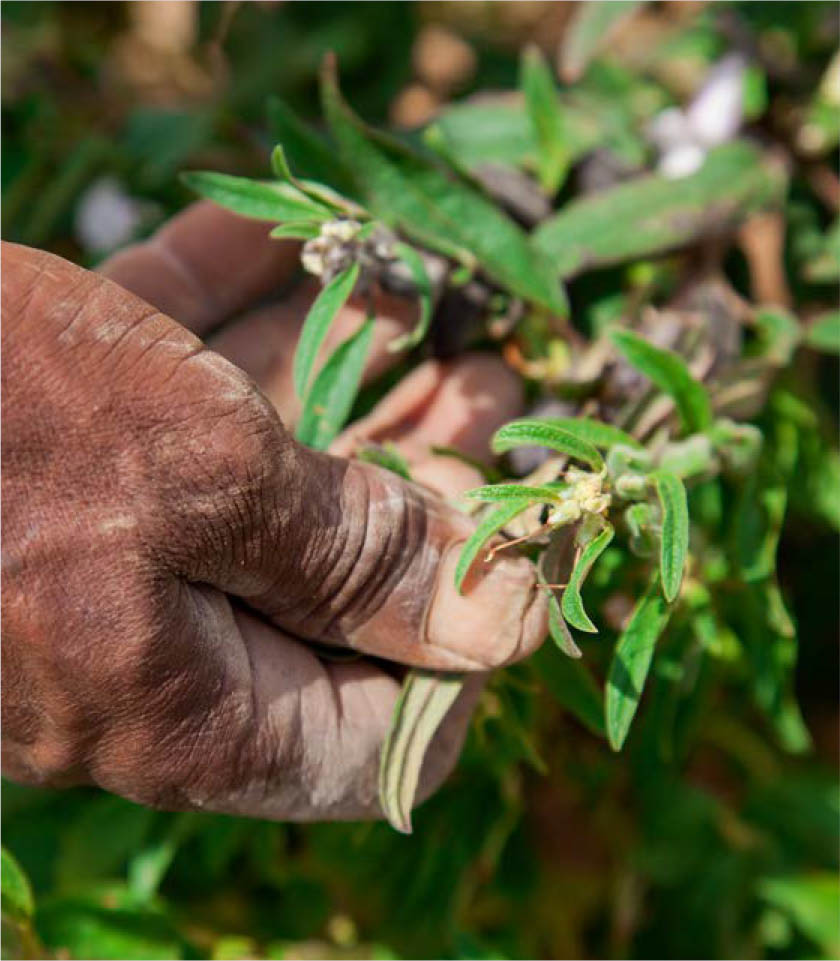
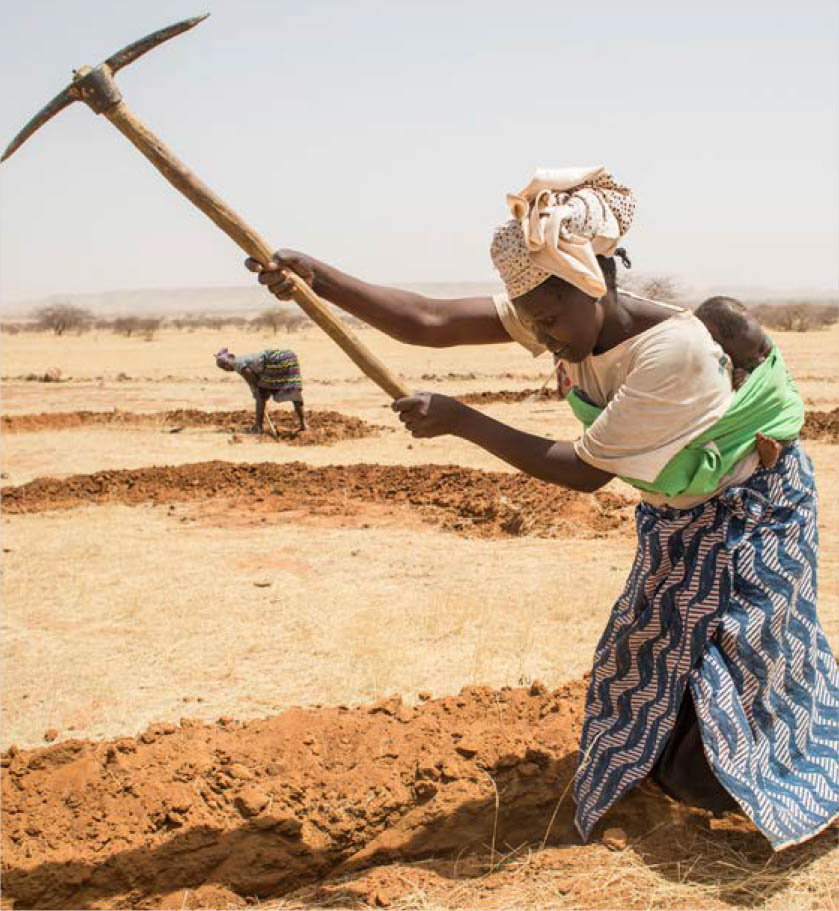
4.3.2 Addressing water scarcity and drought
Rainfed agriculture accounts for 80 percent of cultivated land and produces 60 percent of global food and fibre production. Improving production and resilience requires optimizing soil water use by improving rainwater capture, increasing soil moisture retention, maximizing infiltration and minimizing surface run-off and evaporation. Soil moisture is key to soil health and function. It helps to sequester SOC and stops carbon-rich soils from drying out and increasing their emissions.
Freshwater scarcity is driving renewed interest in irrigation, which accounts for 70 percent of all freshwater withdrawals and 90 percent of all freshwater consumption. New planning, design and evaluation technologies, such as water accounting and auditing, ICT and automation are helping to modernize existing schemes and inform new designs. Attention is shifting from ill-defined water-use efficiencies to increasing water productivity, making real water savings and meeting farmer demand for more flexible and reliable water supplies.
Water storage provides a buffer for managing climate uncertainty and variability, for managing differences in supply and demand, and for building resilience to climate change. Storage is declining globally, but this trend needs reversing. A shift from conventional infrastructure-led approaches to storage management to an appreciation of all the different kinds of storage (natural and built) is already taking place. Increased conjunctive management of surface and groundwater storage, as opposed to conjunctive use, is expected to spread risk and provide a wider range of social and environmental benefits.
Most countries still put drought in the same category of natural disasters as floods and earthquakes. This wastes valuable resources and does not help to build resilience for future events. Shifting to a risk management approach can significantly lessen drought risks and impacts. A “three-pillar” approach that requires investment in monitoring and early warning systems, studies to assess vulnerability to drought and actions to reduce adverse impacts is now being deployed.
Green infrastructure and NbSs contribute to minimizing flood risk by using ecosystem-based approaches for flood protection. A case in point is floodplain restoration rather than dike construction. Green infrastructure provides benefits to society by avoiding flood damage to existing infrastructure, and offers additional benefits such as biodiversity improvements, water quality improvements and recreation opportunities.
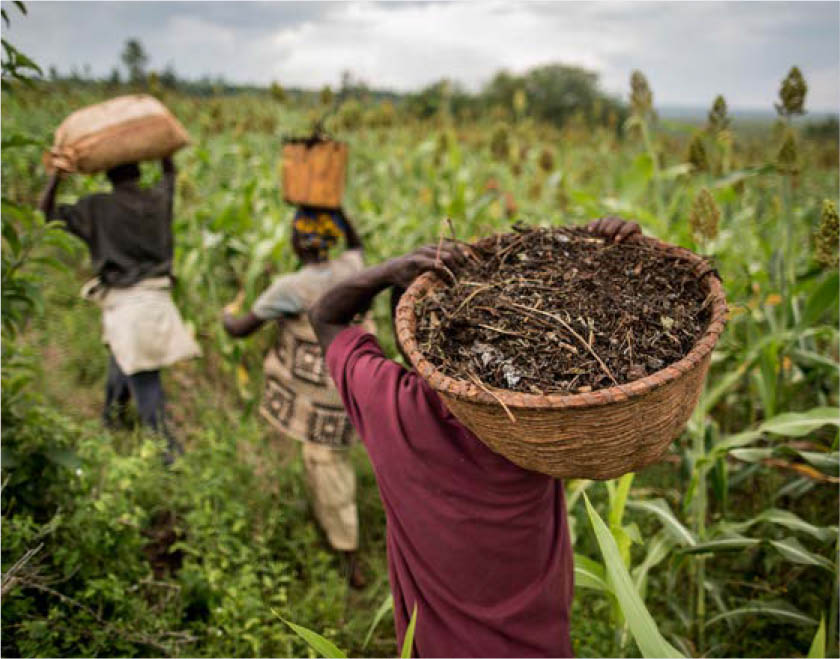
Nature-based solutions can protect against river flooding in agricultural, urban, hydro-geomorphological and forest settings. Agricultural measures aim to manage run-off and reduce flood risk. Forest measures aim to manage woodlands by intercepting land overflow or by encouraging infiltration and soil water storage. Hydro-geomorphological intervention includes wetland and floodplain restoration and management, induced channel meandering and regrading of stream beds to match pre-development fluvial energy gradients.
A circular economy is equally as applicable to agricultural water management as to the broader food systems. It offers opportunities to use non-conventional waters that might otherwise go to waste, such as saline and brackish water, agricultural drainage, water containing toxic elements and sediments, and wastewater effluents. Other aspects of reuse within the farming system include nutrient recycling, regenerating soil health, and reducing non-renewable energy and materials and inputs used in rainfed and irrigated systems.
4.3.3 Going beyond the farm
Many actions beyond the farm and in food systems bear directly on land, soil and water management, and are becoming mainstream. They include current approaches to reconciling agricultural production and ecosystems management, adopting regenerative practices on cropland and grasslands, increasing agricultural productivity, reducing food loss and waste, attempting to change food consumption patterns, and the advent of circular food systems that improve resource-use efficiency. These reflect the potential benefits of adopting advanced agricultural systems across diverse landscapes and social settings that generate various products, employment, secure livelihoods, and nutritious and sustainable diets, while sustaining resources and healthy functioning ecosystems and contributing to reduced GHG emissions and increased carbon sequestration potential.
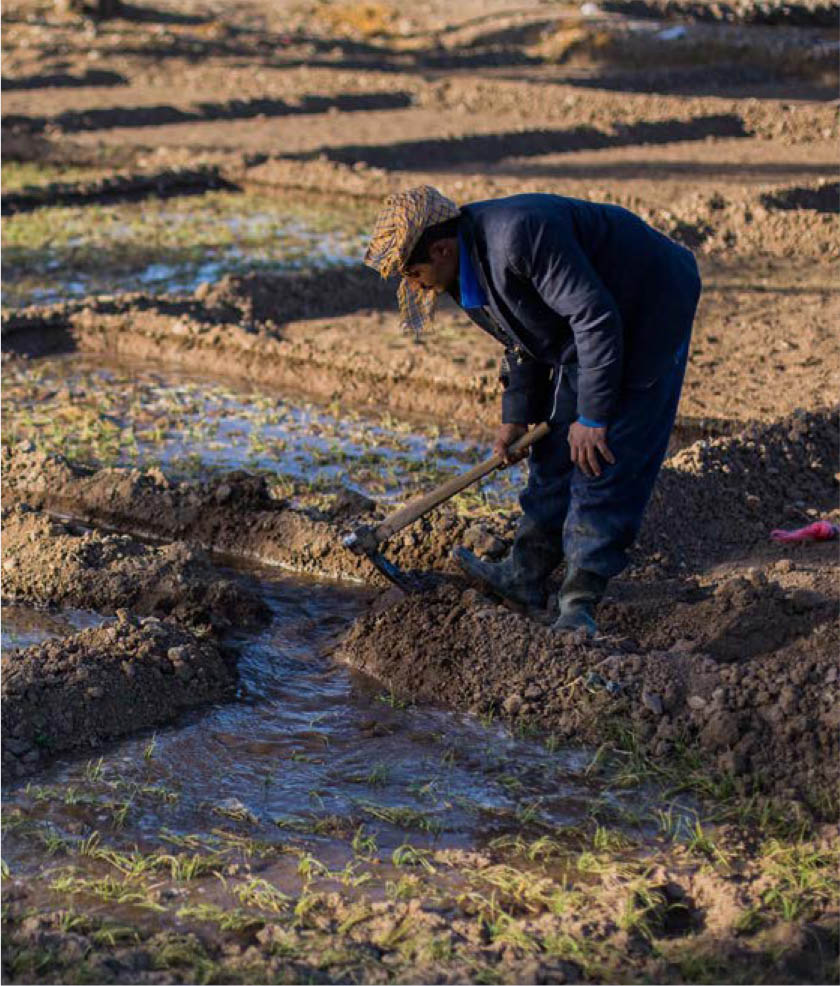
Innovative approaches that target transitioning to sustainable food systems, food security and nutrition can be adapted and applied in specific land and water settings. The approaches depend on the entry point such as agroecology, conservation agriculture, organic agriculture, agroforestry, integrated crop–livestock systems, CSA and sustainable intensification. The 2021 Food Systems Summit recognized the importance of such transitioning as multisector territorial approaches for scaling up proven practices.
Progress in breeding crop varieties and livestock traits has been good since 2000. These are vital to boost yields and tolerance to various stressors, such as drought, waterlogging, cold and salinity. They will also be increasingly important in adapting to climate change and complementing existing solutions, such as adding more water, agrochemicals and mechanization. Genetically modified crops continue to be the subject of a long-running debate regarding risks to biodiversity, human and environmental health, and benefit sharing.
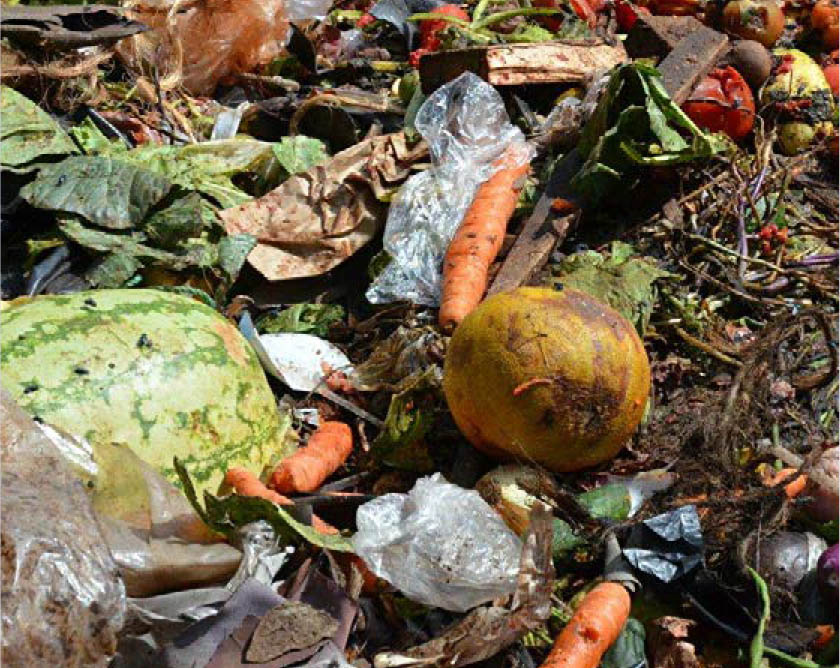
Reducing food loss and waste is one of the most-promising measures to improve food security, lower production costs, reduce pressures on natural resources and improve environmental sustainability. Sustainable Development Goal Target 12.3 calls for halving per capita global food waste at retail and consumer levels and reducing food losses along the production and supply chains by 2030.
Circular food systems are needed to overcome inefficiencies in the current, essentially linear, economic model involving extracting natural resources to make products, using them for a limited period and discarding them into landfill as waste. The estimated annual cost to the global food system amounts to USD 1 trillion. The alternatives are farming close to rural settlements and cities, regenerative food production, using natural processes rather than chemicals, recycling, minimizing waste and pollution, and improving nutrition and sustainable diets.
Rural communities living in drylands have developed agricultural systems and practices that are adapted to arid, semi-arid and subhumid conditions and drought risk over generations of experience. They depend on limited land potential and water resources, and have developed mixed crop–livestock systems based on short-season drought-resilient crops and receding floodwaters alongside wetlands and river plains. They can provide lessons, knowledge and experience for countries recently experiencing water shortage and drought due to climate change.

